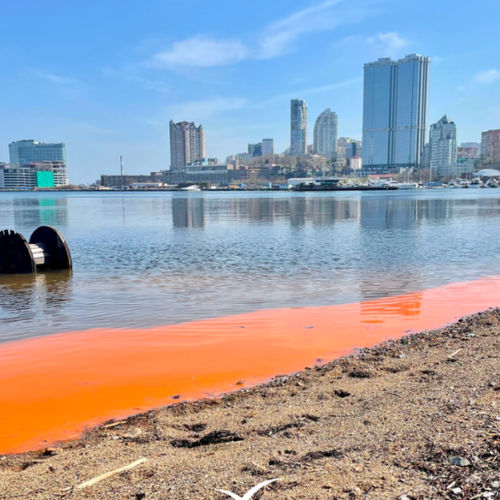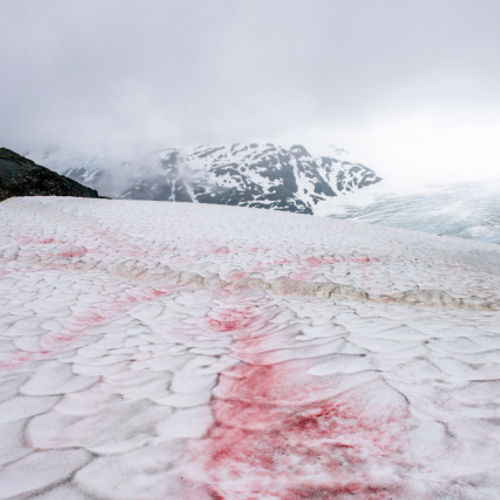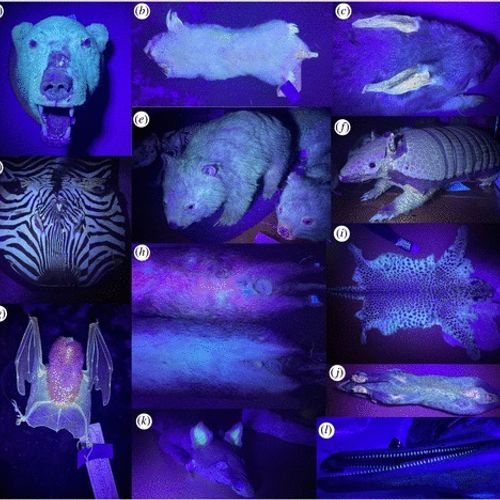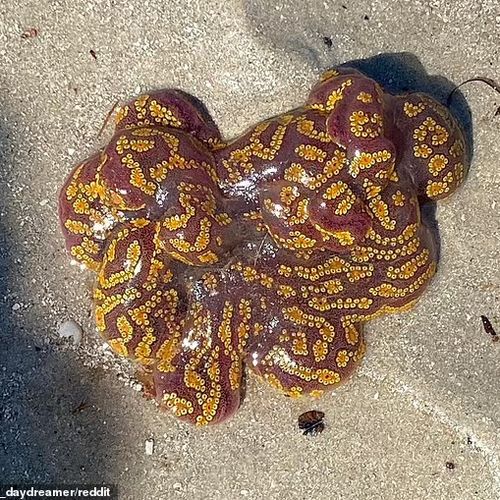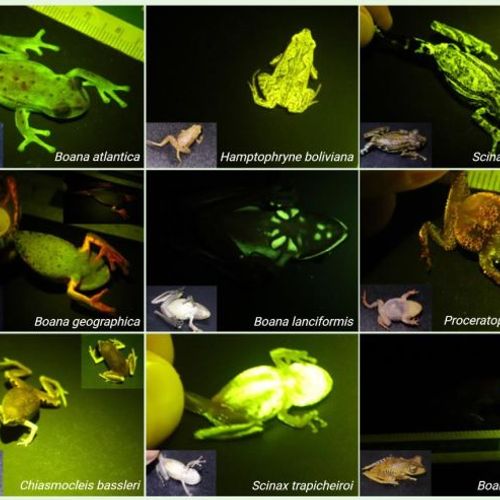
| Added | Wed, 22/12/2021 |
| Источники | |
| Дата публикации | Wed, 22/12/2021
|
| Версии |
For the first time in 80 years of observations, luminous snow has been observed in the Arctic. This was observed by biologists working in the Arctic off the coast of the White Sea, who noticed sparkling blue lights in the snow.
Vera Emelianenko, a microbiologist working at a remote field station, collected some snow, put it under a microscope and found that the glow came from tiny bioluminescent animals called copepods.
These creatures, called sea bugs, usually live in the ocean at depths of up to 300 feet during the day and only a few feet at night.
Ksenia Kosobokova, an expert on Arctic marine zooplankton from the Russian Academy of Sciences in Moscow, told National Geographic that the copepods were probably caught by a powerful current in the White Sea that washed them ashore.
The tides on December 1, when the luminous snow was first detected, were exceptionally high, and on December 16 they were high again, which suggests that strong tides pushed the copepod onto land - this type of copepod is called Metridia longa.
Bioluminescence is a natural phenomenon caused by a chemical reaction.
This happens when chemical energy is covered by light energy, which only happens in creatures carrying a molecule called luciferin.
When luciferin reacts with oxygen, it creates light energy that looks like an amazing glow.
Some copepods have luciferin and luciferase reacting internally, but Metridia longa has glands on its head and body to release its glow into the world.
Stephen Haddock, a marine biologist who studies deep-sea zooplankton at the Monterey Bay Aquarium Research Institute, told National Geographic:
"They emit these two molecules simultaneously and form a small flash of light in the water."
It is believed that the copepods glowing in the snow were alive when they were noticed by Kosobokova, because these tiny animals can survive at extremely low temperatures.
However, Haddock notes that they may be dead, as the fireflies continue to glow after being crushed.
"This happens with our scientific samples," he added. "You collect the organism and put it in the freezer for further study. And when you take it out, it starts to glow slowly - the chemicals inside its body are still able to react."
Perhaps the most surprising thing is that glowing snow has not been seen before at the biological station, which has been operating for more than 80 years.
Новости со схожими версиями
Log in or register to post comments

